Fidelity is a household name in retirement investing. With millions of people relying on their plans, the company has become synonymous with retirement savings. But beyond their popular retirement accounts, Fidelity also offers a robust lineup of mutual funds.
Whether you’re already a Fidelity customer or invest through another platform, their funds are worth considering for your retirement portfolio. With a strong history of both active and index fund management, Fidelity provides investors with diverse options to achieve their long-term goals.
Let’s explore some of the best Fidelity retirement funds you can hold within an IRA. Most of the funds listed here were chosen for their tax-inefficiency—something that you can effectively counter by holding them in an IRA or another tax-advantaged account. Indeed, these funds make sense not just for IRAs, but also HSAs and (when available) 401(k)s.
Disclaimer: This article does not constitute individualized investment advice. These securities appear for your consideration and not as personalized investment recommendations. Act at your own discretion.
Table of Contents
What Should You Want in a Retirement Fund?

When investing your retirement savings, you need to consider a few critical factors.
To start, a robust retirement portfolio should provide diversification across various asset classes. This typically means stocks and bonds, though it can also mean alternative asset classes such as real estate or commodities. Diversifying your retirement portfolio across these asset classes can help defray your risk and smooth your returns.
Costs matter too. Every dollar spent on fees and expenses is a dollar no longer available to grow and compound over time, so keeping expenses cut to the bone is vital. Good news there: The best Schwab retirement funds will generally have some of the lowest fees and expenses in the business.
And don’t forget taxes. A taxable account, like a standard brokerage account, is better suited to take advantage of certain tax-advantaged investments, such as municipal bonds. For tax-advantaged accounts, such as IRAs, some of the best investments include bond funds and actively managed stock funds. (I’ll explain why when we get to those funds.)
Finally, you ideally want your retirement portfolio to produce regular dividend income. Stocks can regularly experience nasty corrections and bear markets, but a good income fund can provide for your living expenses without forcing you to sell at an inopportune time.
What Types of Funds Are Available in IRAs?

You can think of an IRA as a tax-advantaged brokerage account, insofar as they’re typically self-directed and extremely flexible. In most IRAs, you can own just about any type of fund—mutual funds, exchange-traded funds (ETFs), and even closed-end funds (CEFs).
ETFs typically beat both mutual funds and CEFs on fees, sometimes by a considerable margin. But there are a few reasons to consider Fidelity mutual funds in an IRA.
They’re cheap, for one. Fidelity mutual funds typically offer very low fees—in many cases lower than even many ETFs with a similar strategy.
Also, many of Fidelity’s mutual funds are actively managed, which as I mentioned above is more efficiently held within an IRA. And you very well might prefer to have a human manager overseeing certain strategies rather than buy a fund that simply follows an index.
What Is a Mutual Fund?
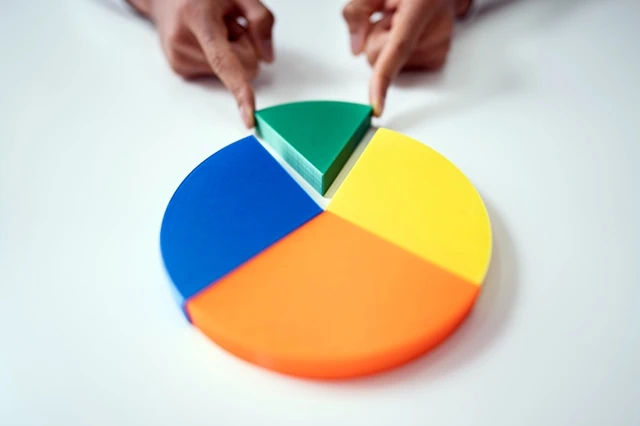
A mutual fund is an investment company that pools money from many investors to buy stocks, bonds or other securities. The investors get the benefits of professional management and certain economies of scale. A pool of potentially millions or even billions of dollars is large enough to diversify and might have access to investments that would be impractical for an individual investor to own.
Here’s an example: An investor wanting to mimic the S&P 500 Index (an index made up of 500 large, U.S.-listed companies) would generally have a hard time buying and managing a portfolio of 500 individual stocks, especially in the exact proportions of the S&P 500 Index. Another example: An investor wanting a diversified bond portfolio might have a hard time building one when individual bond issues can have minimum purchase sizes of thousands (or tens of thousands!) of dollars.
Equity funds or bond funds will generally be a far more practical solution.
To invest in a mutual fund, you’ll need to open an account with the fund sponsor or open a brokerage account with a broker that has a selling agreement in place with the fund sponsor. As a general rule, most large, popular mutual funds will be available at most brokers, so if you open a traditional investment account (like an IRA or brokerage), you’ll have access to most of the mutual funds you’d ever want to invest in.
Related: Best Fidelity Retirement Funds for a 401(k) Plan
Why Fidelity?
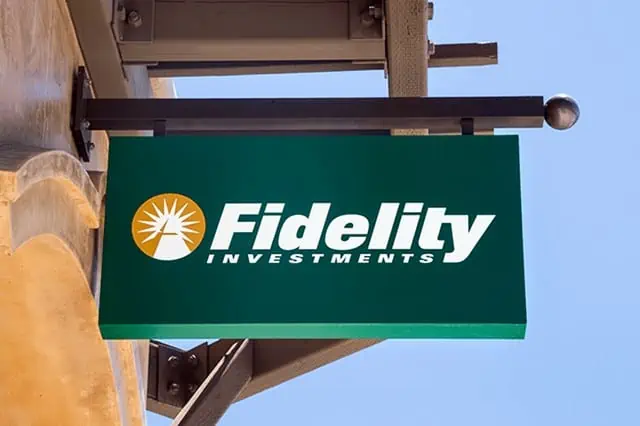
Fidelity is a leader in mutual funds (and exchange-traded funds [ETFs], for that matter) and has been a force in the industry since the launch of its Fidelity Puritan Fund (FPURX) back in 1947.
Today, this premier mutual fund company has more than $12.4 trillion in assets under administration thanks to many successes over the intervening years. That includes star money managers such as Peter Lynch, the long-time manager of the Fidelity Magellan Fund (FMAGX) who averaged an incredible 29.2% per year between 1977 and 1990.
However, while Fidelity first built its name on actively managed funds, over the past three decades, the firm has built out its low-cost and even no-cost index funds as part of the movement to reduce expense ratios and transaction costs for individual investors.
The end result is a fund lineup that can serve just about every need, and that’s typically competitive on price.
Related: The Best Fidelity Retirement Funds for a 401(k) Plan
The Best Fidelity Retirement Funds for an IRA in 2024
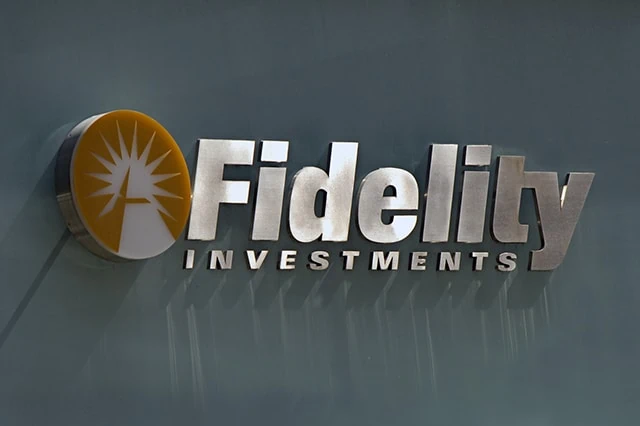
With all that out of the way, let’s dig into some of the best Fidelity retirement funds to hold in an IRA that you might consider diving into this year.
Related: 7 Best Fidelity ETFs for 2024 [Invest Tactically]
1. Fidelity Trend Fund

— Style: U.S. large-cap growth
— Assets under management: $3.5 billion
— Expense ratio: 0.49%, or $4.90 per year for every $1,000 invested
— Dividend yield: 0.0%
— Minimum initial investment: None
An old Wall Street maxim says “you never go broke taking a profit.” There is a lot of wisdom in that quote. As a general rule, buying and holding good stocks or good funds and allowing them to compound over years or even decades is the way to go. But having at least part of your portfolio in actively traded strategies can also make sense, particularly in bear markets. Actively traded strategies have their stretches when they outperform passive index strategies, and they can potentially help you to avoid major declines.
Unfortunately, active trading strategies are also woefully tax-inefficient, particularly if your holding period is less than a year. Short-term capital gains are taxed as ordinary income, meaning you could be sharing up to 37% of your gains with Uncle Sam.
So, it makes sense to hold funds that do a lot of active trading in a tax-deferred retirement account. There is no precise, universally accepted threshold for what constitutes “a lot” of active trading, but I would consider any fund with portfolio turnover (how much of the portfolio’s holdings are turned over, or replaced, in a given year) over 30% or so to be fairly tax-inefficient. The higher that number goes, the more inefficient the fund.
As an example, let’s look at the Fidelity Trend Fund (FTRNX). This is a fairly aggressive fund that focuses on companies the manager believes have above-average growth potential. FTRNX is tech-heavy and has beaten its Morningstar Category average over every meaningful time period.
But this high performance comes at the cost of a lot of active trading; the annual portfolio turnover is about 38%. In a taxable account, that’s a large potential tax liability. Thus, FTRNX is exactly the kind of actively managed fund best held in a tax-advantaged retirement account.
Related: 12 Best Long-Term Stocks to Buy and Hold Forever
2. Fidelity Contrafund

— Style: U.S. large-cap growth
— Assets under management: $145.9 billion
— Expense ratio: 0.39%, or $3.90 per year for every $1,000 invested
— Dividend yield: 0.4%
— Minimum initial investment: None
If you are new to investing in equity mutual funds, you are in good hands with Fidelity Contrafund (FCNTX) manager Will Danoff. He’s one of the most successful equity fund managers in history and has been running FCNTX for three decades, helping to build it into one of the largest mutual funds in the world.
Like Young and the Invested’s content? Be sure to follow us.
Contrafund has a simple mandate—capital appreciation (in other words, price gains)—and the fund is anything if not flexible. It can pursue value stocks, growth stocks, or any combination of the two.
Given Contrafund’s size, it generally has to concentrate in large-cap stocks. Its biggest holding is Facebook parent Meta Platforms (META), which makes up almost than 15% of its portfolio. Warren Buffett’s Berkshire Hathaway (BRK.B), Microsoft (MSFT) and Amazon.com (AMZN) are also large positions at between 6% and 9% each.
Related: WealthUp’s Winningest Tech Stocks for 2024
In most years, Contrafund’s returns won’t deviate all that much from the S&P 500’s returns, and over the past decade, the fund’s annualized returns have been almost identical to the S&P 500. But in 2000, 2001 and 2002—a bear market that, similar to our most recent one, centered around technology and growth stocks—the S&P was down 9.0%, 11.9%, and 22.0%, respectively. Contrafund lost a good deal less over that three-year stretch at 6.8%, 12.6%, and 9.6%, respectively.
The fund struggled in 2022, but then, in a bear market, virtually all equity funds take damage. It’s the price we pay for getting access to the upside of a bull market. Remember: A skilled manager can really earn their keep during difficult markets by minimizing those losses while still positioning the portfolio to benefit when the market comes roaring back; indeed, Danoff managed to beat his category average in 2022, then did so again in 2023, posting 39% returns to top the category and sprint past the S&P 500.
Most importantly: Danoff has managed to beat the category across every meaningful time period. So while FCNTX isn’t extremely tax-inefficient—turnover is about 16%—it still makes sense to hold in a tax-advantaged account if you’re looking for sheer performance.
Related: 13 Dividend Kings for Royally Resilient Income
3. Fidelity Real Estate Income Fund

— Style: U.S. REIT
— Assets under management: $4.8 billion
— Expense ratio: 0.68%, or $6.80 per year for every $1,000 invested
— Dividend yield: 5.3%*
— Minimum initial investment: None
Real estate has been a preferred asset class since the dawn of human civilization. And today, real estate investment trusts (REITs) offer the potential for both high yield and respectable capital gains.
REITs enjoy a special tax status that allows them to avoid corporate taxation so long as they distribute at least 90% of their net profits as dividends. Because of this tax incentive, REITs tend to be one of the highest-yielding sectors and a perennial favorite among income investors.
Unfortunately, this also makes REITs very tax-inefficient, as a large percentage of the total return comes from taxable dividends. What’s more, REIT dividends are generally not classified as “qualified dividends.” Qualified dividends are taxed at the long-term capital gains rate (0%, 15% or 20% depending on your tax bracket). Non-qualified dividends are taxed as ordinary income, like bond interest, and can face rates as high as 37%, depending on your bracket. Thus, it makes more sense to hold REITs and REIT funds in a tax-advantaged fund like an IRA rather than a taxable brokerage account.
If you’re looking for a good contender, the Fidelity Real Estate Income Fund (FRIFX) is a solid option. The fund holds a collection of common stock of U.S. REITs such as American Tower (AMT), Equity LifeStyle Properties (ELS), and Prologis (PLD); debt securities of real estate entities; and commercial and other mortgage-backed securities.
FRIFX pays a current yield in the 5.0% – 5.5% range, making it a very competitive income option—even in a high-yield environment like today.
Related: 9 Monthly Dividend Stocks for Frequent, Regular Income
4. Fidelity Sustainable Low Duration Bond Fund

— Style: U.S. ultra short-term bond
— Assets under management: $28.5 million
— Expense ratio: 0.25%, or $2.50 per year for every $1,000 invested
— SEC yield: 4.8%*
— Minimum initial investment: None
Bonds should be a core holding of just about any portfolio. They also happen to be one of the most tax-inefficient asset classes on earth because the bulk of their returns will generally come from interest paid, and interest income is taxed as ordinary income. If you’re in the 37% tax bracket, then you’re losing 37% of your bond interest to taxes.
For this reason, it will virtually always make sense to hold bond funds in an IRA, HSA, 401(k), or other tax-deferred account.
Related: 5 Best Vanguard Retirement Funds [Start Saving in 2024]
With the yield curve inverted as it is today, meaning that short-term rates are higher than long-term rates, it makes sense to keep a good chunk of your overall bond exposure in short-term bond funds. And one strong contender here is the Fidelity Sustainable Low Duration Bond Fund (FAPGX).
Apart from its attractive 5.0% yield, FAPGX is a fund you can feel good owning. It will normally invest at least 80% of its assets in investment-grade debt securities that Fidelity believes have positive environmental, social, and governance (ESG) benefits. Roughly 60% of the fund is invested in corporate debt; another 30% is invested in U.S. Treasury securities, and most of the rest is invested in asset-backed securities (ABSes).
Related: The 7 Best Vanguard ETFs for 2024 [Build a Low-Cost Portfolio]
One of the most critical metrics to consider when considering bond funds is duration, which is a measure of interest-rate sensitivity. As an example, a bond with a duration of two would see its price rise by 2% if interest rates fell by 1% (or conversely, would see its price fall by 2% if interest rates rose by 1%). The actual calculation of duration is fairly complex; it’s the weighted average of the bond’s cash flows. But the key takeaway is that, all else equal, the longer a bond’s time to maturity, the higher its duration—and thus the higher the interest-rate risk.
FAPGX has a duration of just 0.56 years, which means it is all but immune to the effects of interest-rate fluctuations.
* SEC yield reflects the interest earned across the most recent 30-day period. This is a standard measure for funds holding bonds and preferred stocks.
Related: 11 Best Brokerage Account Bonuses, Promotions + Deals
5. Fidelity Total Bond Fund

— Style: U.S. intermediate bond
— Assets under management: $38.3 billion
— Expense ratio: 0.45%, or $4.50 per year for every $1,000 invested
— SEC yield: 4.7%*
— Minimum initial investment: None
For a more diversified option that covers a wider swath of the bond market, consider the Fidelity Total Bond Fund (FTBFX).
Related: 13 Dividend Kings for Royally Resilient Income
Fidelity Total Bond Fund’s management allocates its assets across a wide variety of bonds and other income-producing debt. While it tends to gravitate toward investment-grade debt, the fund is allowed to invest up to 20% of assets in bonds rated below investment-grade, which potentially offer higher returns in exchange for accepting slightly higher risk. (Sub-investment-grade bonds are also referred to as high-yield debt securities or junk bonds.)
Currently, 35% of the portfolio is invested in corporate bonds, while 30% is invested in U.S. government debt. Most of the rest is invested in mortgage bonds or other mortgage-backed securities (MBSes). And right now, 85% of the portfolio is investment-grade, so the fund isn’t even using its full allowable allotment to junk bonds.
Related: 5 Best Vanguard Dividend Funds [Low-Cost Income]
FTBFX has a duration of just less than 6 years; thus, the fund has moderately high interest-rate risk. A rise in interest rates of 1% would mean a price decline of about 6%. But remember: This cuts both ways. A fall in interest rates could mean significant capital gains.
6. Fidelity Target-Date Funds

— Style: Target-date
— Expense ratio: Fidelity Freedom Funds: 0.47%-0.75%, or $4.70-$7.50 per year for every $1,000 invested; Fidelity Freedom Index Funds: 0.12%, or $1.20 per year for every $1,000 invested; Fidelity Freedom Blend Funds: 0.41%-0.49%, or $4.10-$4.90 per year for every $1,000 invested; Fidelity Freedom Sustainable Target Date Funds: 0.41%-0.49%, or $4.10-$4.90 per year for every $1,000 invested
— Minimum initial investment: None
One of the issues in building an appropriate allocation allocation is that your ideal mix of stock and bond funds will evolve over time based on your age and stage of life. An ideal portfolio for a 20-year-old is likely going to be very different from that of a 40-year-old, and both those portfolios will be different from what’s ideal for a 60-year-old.
Related: Beginner’s Guide to Schwab Target-Date Funds
This is where a target-date fund can really be a lifesaver. A target-date fund—also called a life-cycle fund—is a type of mutual fund that is designed to change its asset allocation over time.
The typical target-date fund is an actively managed fund—one that will start out with a heavy allocation to stocks and then slowly transition to a heavier allocation to bonds as it approaches its target retirement date, following a glide path.
The target retirement date is intended to be a rough estimate and doesn’t need to be precise. You’re generally not going to know the precise year you plan to retire decades in advance. Fidelity, like most mutual fund families, creates its target-date funds in five-year increments of target retirement date (say, 2025, 2030, 2035, etc.).
Related: Beginner’s Guide to Vanguard Target-Date Funds
While target-date funds are most commonly found in 401(k) plans, they’re designed specifically for retirement, making them a logical fit for IRAs, too.
Fidelity actually boasts four different lineups of target-date funds:
1. Fidelity Freedom Funds: These hold a collection of actively managed Fidelity funds.
2. Fidelity Freedom Index Funds: These hold a collection of indexed Fidelity funds.
3. Fidelity Freedom Blend Funds: These hold a combination of actively managed and indexed Fidelity funds.
4. Fidelity Sustainable Target Date Funds: These hold a combination of actively managed and indexed Fidelity funds that invest in assets with positive environmental, social, and governance characteristics.
They’re cheap, they have no required minimum investment, and they’re among the best suites of life-cycle funds you can buy. You can read more about them in our primer on Fidelity target-date funds.
Related: 7 Best Fidelity ETFs for 2024 [Invest Tactically]
How Does Your Portfolio Look? Ask Empower

More than 3 million users are putting their retirement on track by putting Empower’s tools and/or advisory services to work for them.
Wondering how your portfolio is shaping up? Sign up with Empower to use its free Investment Checkup tool, which can help you assess your portfolio risk, analyze past performance, and get a target allocation for your portfolio. You can even compare your portfolio to both the S&P 500 and Empower’s “Smart Weighting” Recommendation.
And if you want a fuller advisory experience? Empower’s full-service Wealth Management account pairs the firm’s tools with skilled human management. Empower will create a recommended portfolio spanning six asset classes, then help you implement your plans by giving you access to financial advisors who can guide you through retirement planning, college savings, workplace stock options, and more.
Regardless of how much money you bring to the table, if you sign up, you will be given the option to schedule an initial 30-minute financial consultation with an Empower advisor.
Related: 5 Best Fidelity Retirement Funds [Low-Cost + Long-Term]
What is the Minimum Investment Amount on Fidelity Mutual Funds?

Fidelity’s mutual funds (and ETFs, for that matter) make plenty of sense for investors of all shapes and sizes, but they have a particular appeal among people who don’t have much money to work with. That’s because many Fidelity mutual funds have no investment minimums—you can literally start with as little as $1.
That’s extremely beneficial in self-directed accounts like an IRA. Many mutual funds from other providers require high minimums in the thousands of dollars, hamstringing investors with little capital to work with.
What Are Index Funds?
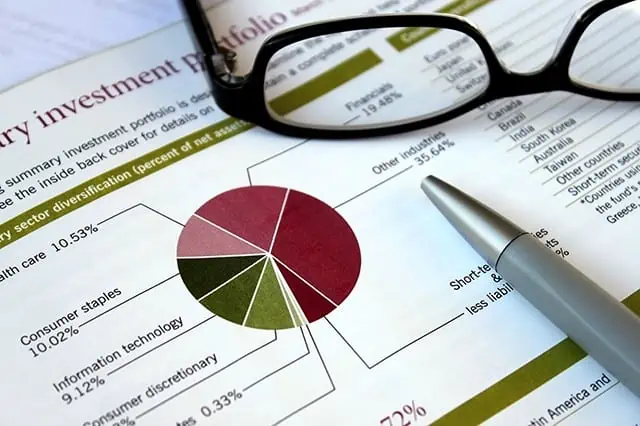
There are two kinds of funds: actively managed funds and index funds.
With an actively managed fund, one or more managers are in charge of selecting all of the fund’s holdings. They’ll likely have a specific strategy to adhere to, and they’ll be tasked with beating a benchmark index, but they’ll be given a lot of discretion about how to achieve that. These managers will identify opportunities, conduct research, and ultimately buy and sell a fund’s stocks, bonds, commodities, and so on.
Related: The 9 Best ETFs for Beginners
An index fund, on the other hand, is effectively run by algorithm. The fund will attempt to track an index, which is just a group of assets that are selected by a series of rules. The S&P 500 and Dow Jones Industrial Average? Those are indexes with their own selection rules. Index funds that track these indexes will generally hold the same stocks, in the same proportions, giving you equal exposure and performance (minus fees) to those indexes.
If you guessed that it’s more expensive to pay a conference room full of fund managers than it is a computer that tracks an index, you’d be right. That’s why actively managed funds tend to cost much more in fees than index funds.
And that’s why ETFs are generally cheaper. Most (but not all) mutual funds are actively managed, while most (but not all) ETFs are index funds.
Related: The 7 Best Mutual Funds for Beginners
What is an Exchange-Traded Fund?
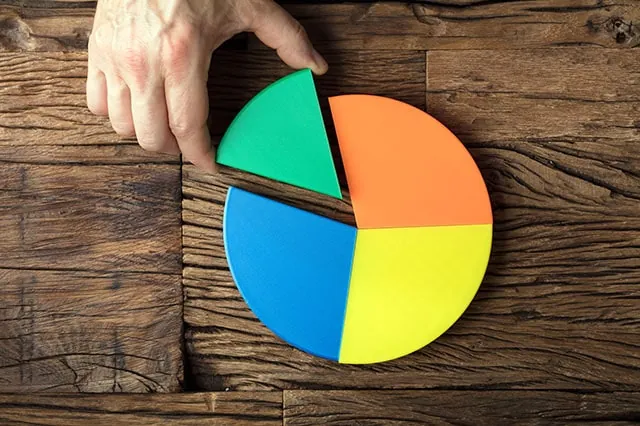
Exchange-traded funds are actually very similar to mutual funds but feature a handful of significant differences that may make them superior in certain situations.
Like traditional index mutual funds, an ETF will hold a basket of stocks, bonds and other securities. These can be broad and benchmarked to a major index like the S&P 500, or they can be exceptionally narrow and focus on a specific sector or even a specific trading strategy. For the most part, anything that can be held in an exchange-traded fund can also be held in a mutual fund.
However, unlike mutual funds, ETFs trade on major exchanges—such as the New York Stock Exchange or Nasdaq—like a stock. If you want to buy shares, you don’t send the manager money; you just buy shares from another investor on the open market.
The need to buy shares can be problematic when dollar-cost averaging. As an example, let’s say you have exactly $100 to invest, but the shares of the ETF trade for $65. You can only buy one share, and you’re stuck with $35 in cash uninvested.
But ETFs have their own advantages. For one, they have intraday liquidity—that is, if you want to buy or sell in the middle of the trading day (or multiple times throughout the trading day), you can.
Related: 7 Best Schwab ETFs to Buy [Build Your Core for Cheap]
The second advantage is tax efficiency. In a traditional mutual fund, redemptions by investors can generate selling by the manager that creates taxable capital gains for the remaining investors who didn’t sell. This doesn’t happen with ETFs, as the manager isn’t forced to buy or sell anything when an investor sells their shares.
Like we said, many investors use “ETF” and “index fund” interchangeably. That’s because most exchange-traded funds are index funds—but not all. Some are actively managed.
As is the case with Schwab mutual index funds, Schwab ETFs—most of which are indexed—tend to have some of the lowest costs in the business in terms of fees and expenses.
Related: 9 Monthly Dividend Stocks for Frequent, Regular Income
Why Does a Fund’s Expense Ratio Matter So Much?

Every dollar you pay in expenses is a dollar that comes directly out of your returns. So, it is absolutely in your best interests to keep your expense ratios to an absolute minimum.
The expense ratio is the percentage of your investment lost each year to management fees, trading expenses and other fund expenses. Because index funds are passively managed and don’t have large staffs of portfolio managers and analysts to pay, they tend to have some of the lowest expense ratios of all mutual funds.
This matters because every dollar not lost to expenses is a dollar that is available to grow and compound. And over an investing lifetime, even a half a percent can have a huge impact. If you invest just $1,000 in a fund generating 5% per year after fees, over a 30-year horizon, it will grow to $4,116. However, if you invested $1,000 in the same fund, but it had an additional 50 basis points in fees (so it only generated 4.5% per year in returns), it would grow to only $3,584 over the same period.
Like Young and the Invested’s content? Be sure to follow us.
Related: 6 Best Stock Recommendation Services [Stock Picking + Tips]

Stock recommendation services are popular shortcuts that help millions of investors make educated decisions without having to spend hours of time doing research. But just like, say, a driving shortcut, the quality of stock recommendations can vary widely—and who you’re willing to listen to largely boils down to track record and trust.
The natural question, then, is “Which services are worth a shot?” We explore some of the best (and best-known) stock recommendation services.
Related: 12 Best Long-Term Stocks to Buy and Hold Forever

As even novice investors probably know, funds—whether they’re mutual funds or exchange-traded funds (ETFs)—are the simplest and easiest ways to invest in the stock market. But the best long-term stocks also offer many investors a way to stay “invested” intellectually—by following companies they believe in. They also provide investors with the potential for outperformance.
So if your’e looking for a starting point for your own portfolio, look no further. Check out our list of the best long-term stocks for buy-and-hold investors.
Related: The Best Fidelity ETFs for 2024 [Invest Tactically]
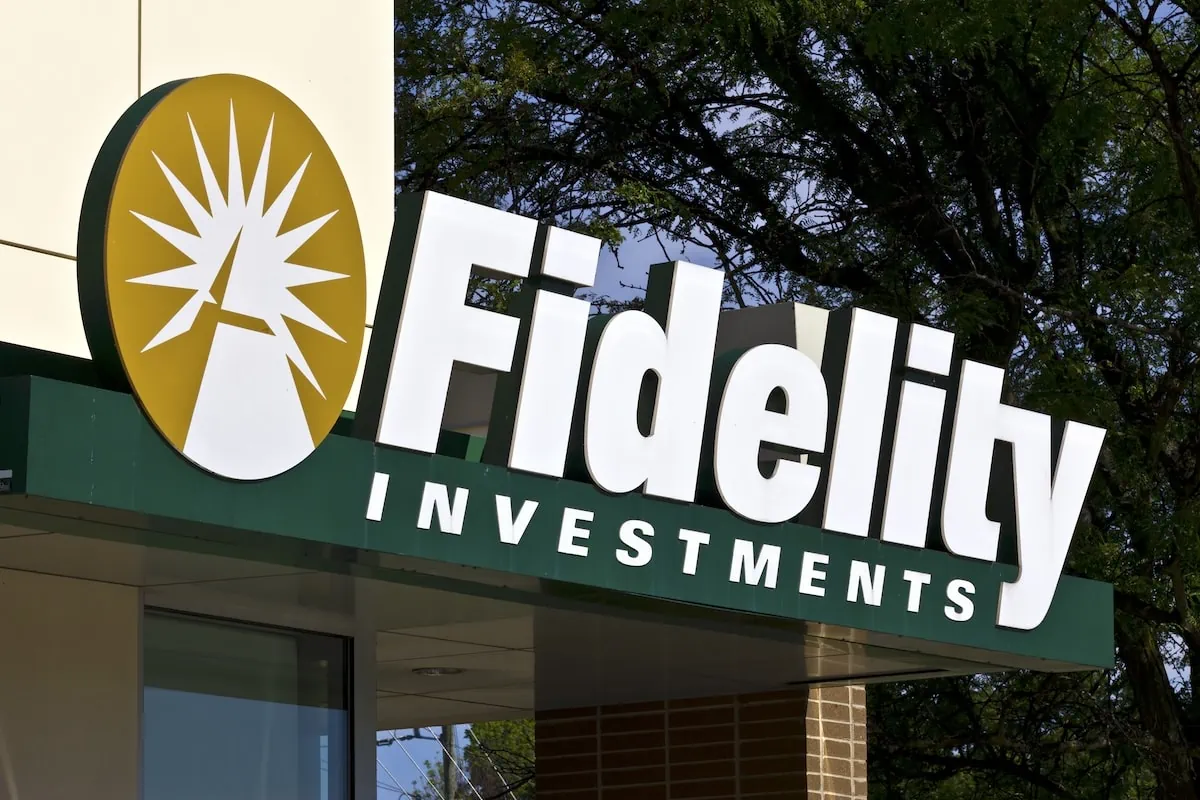
If you’re looking to build a diversified, low-cost portfolio of funds, Fidelity’s got a great lineup of ETFs that you need to see.
In addition to the greatest hits offered by most fund providers (e.g., S&P 500 index fund, total market index funds, and the like), they also offer specific funds that cover very niche investment ideas you might want to explore.
Related: 9 Best Monthly Dividend Stocks for Frequent, Regular Income
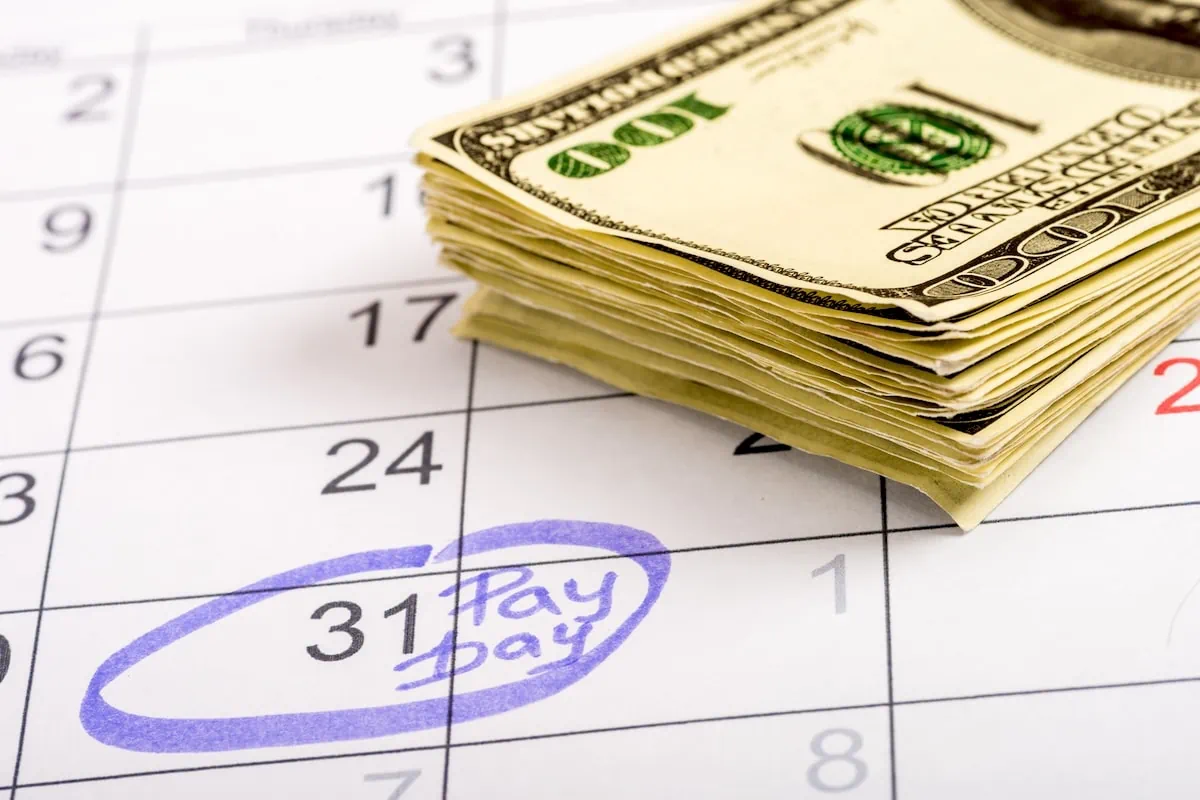
The vast majority of American dividend stocks pay regular, reliable payouts—and they do so at a more frequent clip (quarterly) than dividend stocks in most other countries (typically every six months or year).
Still, if you’ve ever thought to yourself, “it’d sure be nice to collect these dividends more often,” you don’t have to look far. While they’re not terribly common, American exchanges boast dozens of monthly dividend stocks.
Please Don’t Forget to Like, Follow and Comment

Did you find this article helpful? We’d love to hear your thoughts! Leave a comment with the box on the left-hand side of the screen and share your thoughts.
Also, do you want to stay up-to-date on our latest content?
1. Follow us by clicking the [+ Follow] button above,
2. Subscribe to The Weekend Tea, our weekly newsletter to read more about investing, spending, taxes, and more, and
3. Give the article a Thumbs Up on the top-left side of the screen.
4. And lastly, if you think this information would benefit your friends and family, don’t hesitate to share it with them!





